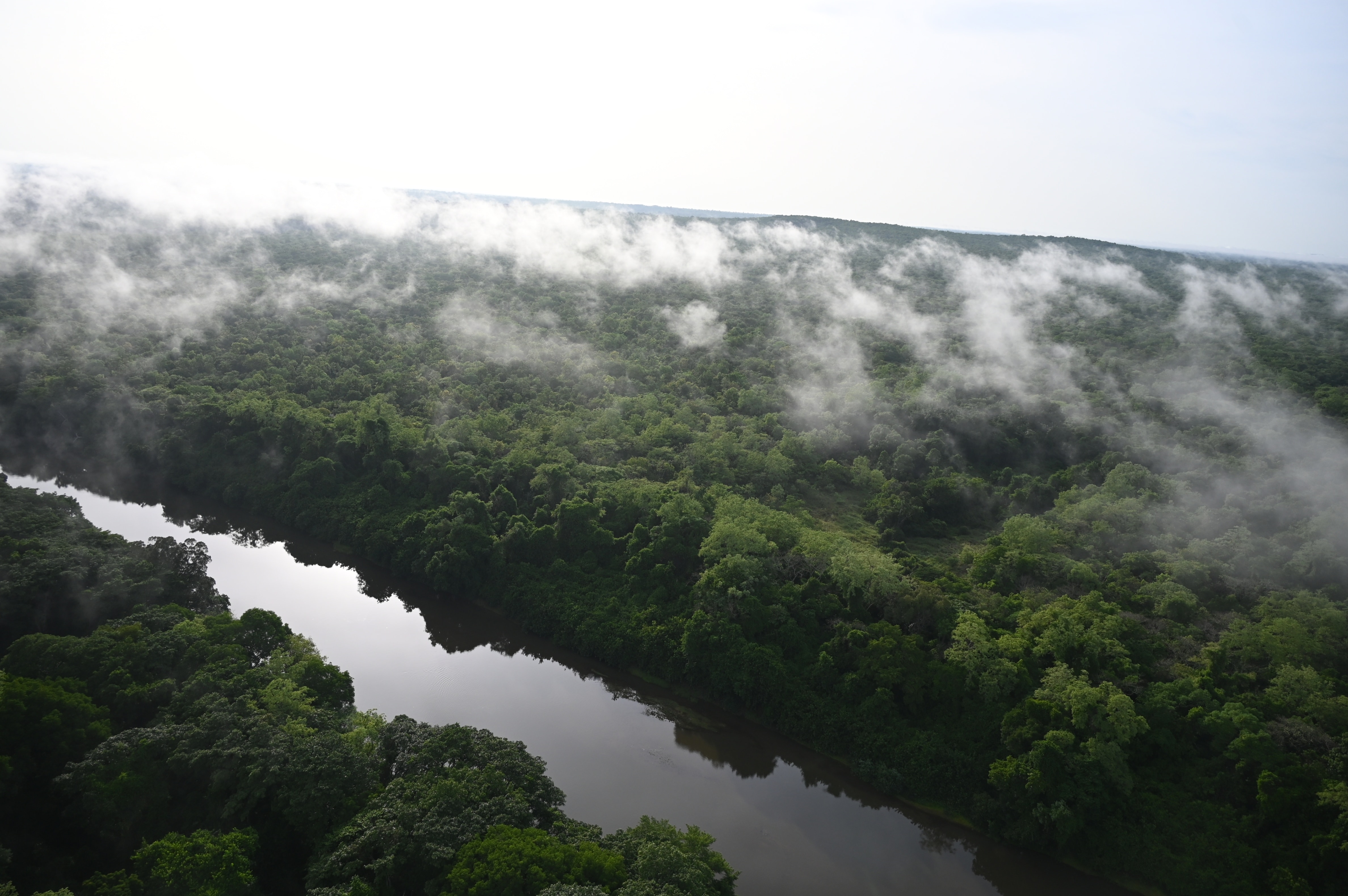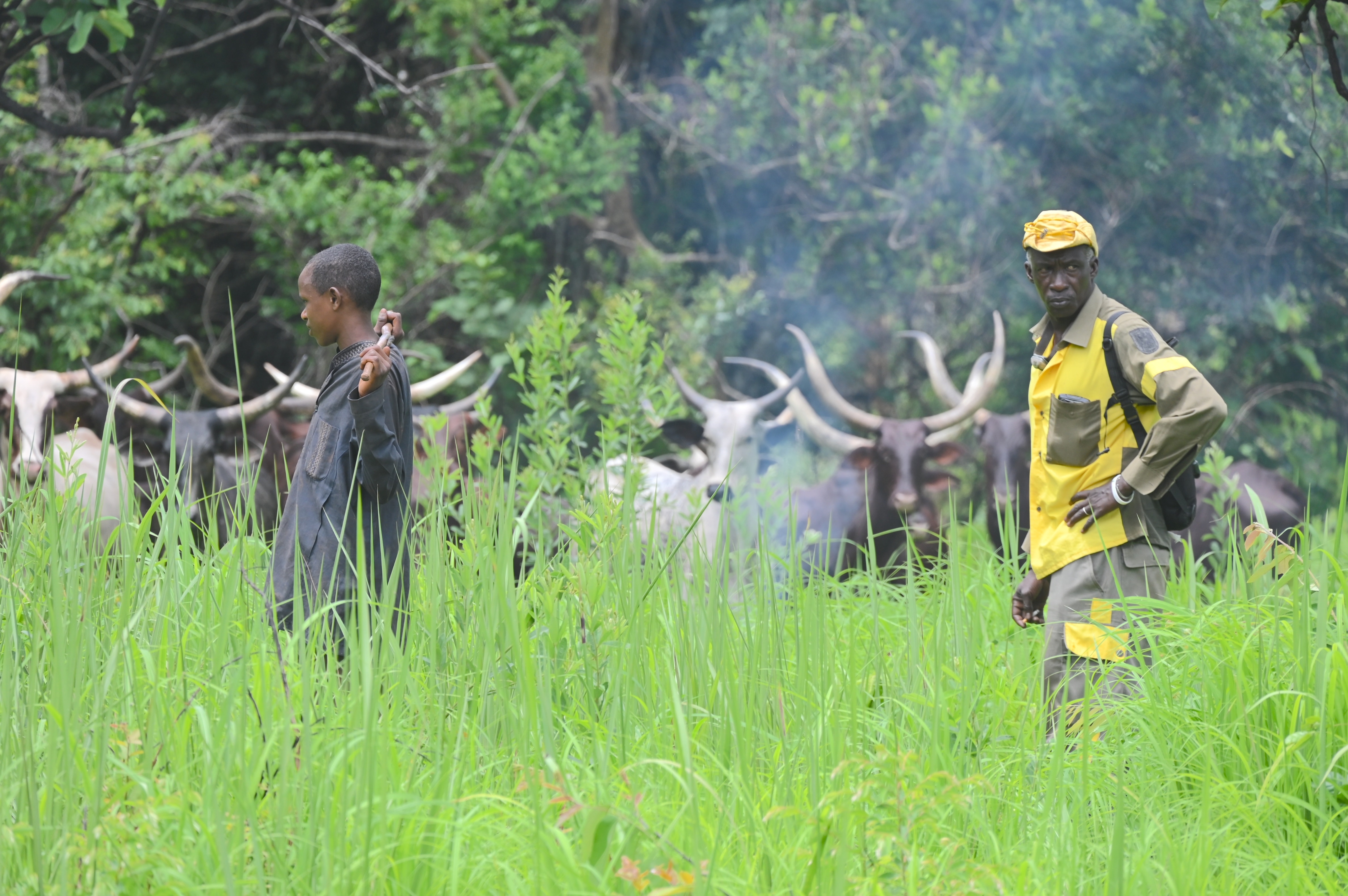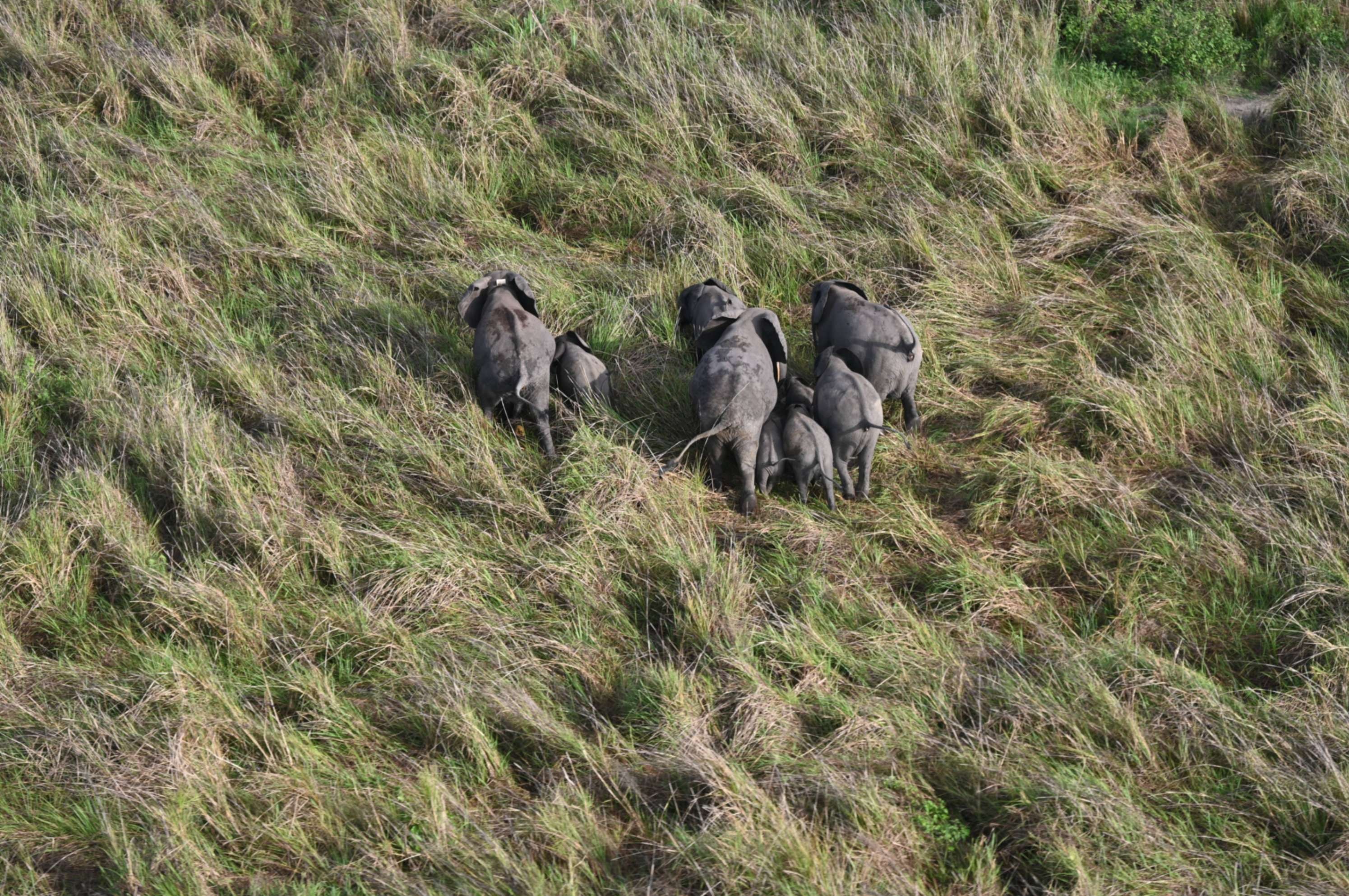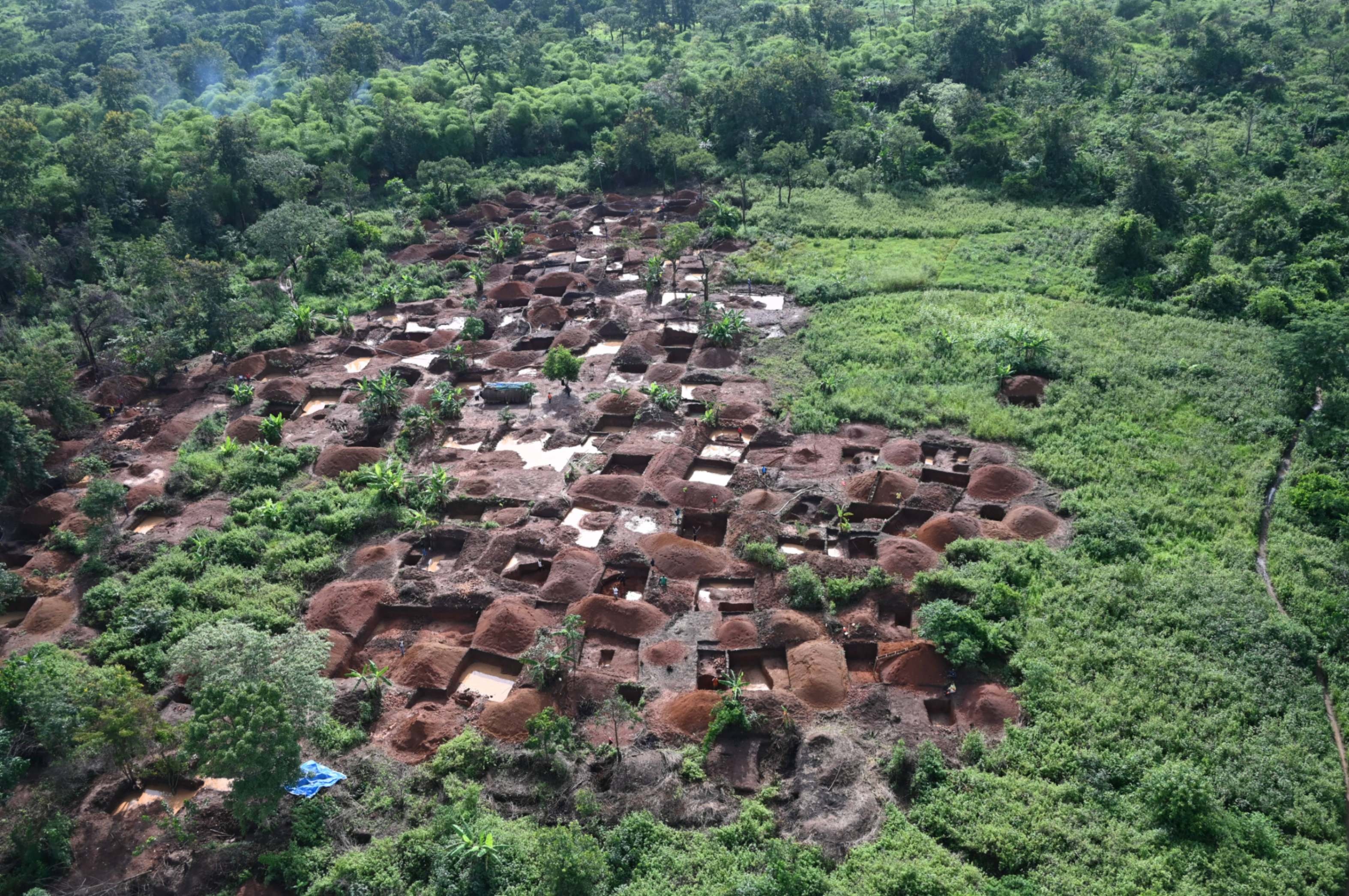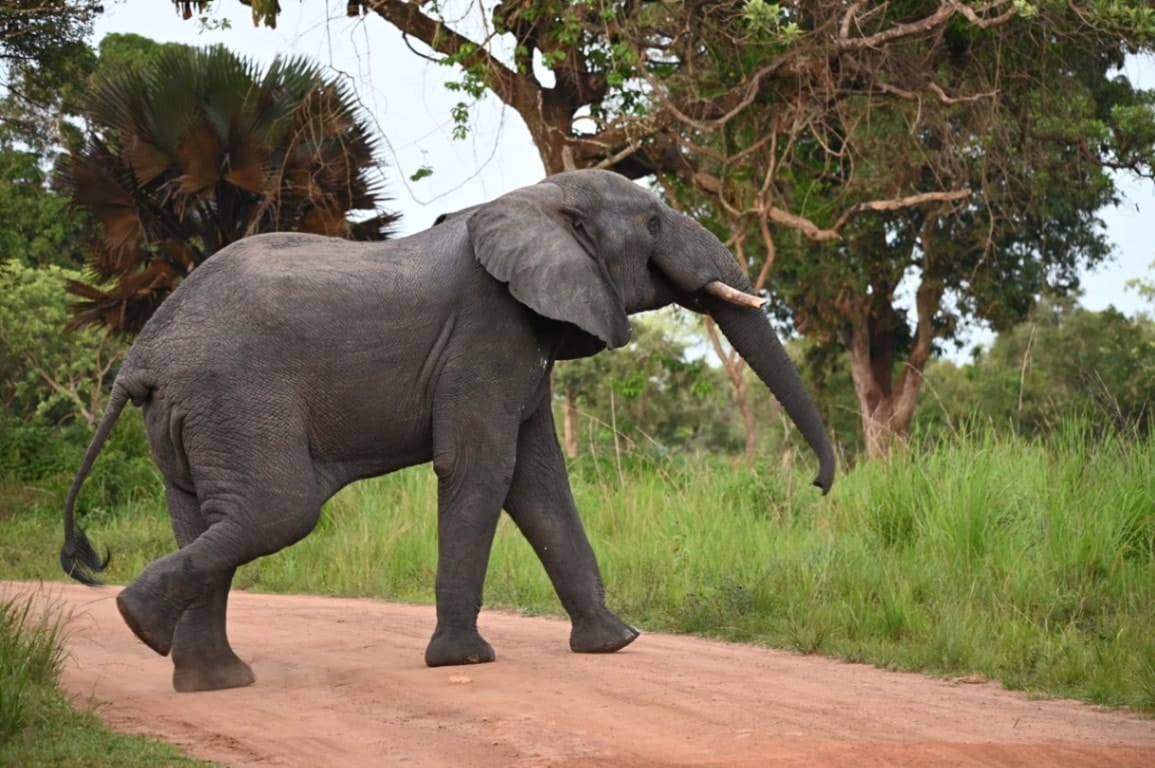Ensuring every dollar is used for maximum benefit for elephants is the Elephant Crisis Fund’s principal objective. Save the Elephants’ deep knowledge of elephants and African conservation organizations, and an extensive network of contacts, allows us to direct funding to where it is really needed. An important part of our due diligence is field visits.
During the height of the Covid pandemic, online video calls replaced site visits. Although this allowed us to keep connected, and is a tool that we will continue to use to minimize our carbon footprint, field visits enable much deeper understanding of the challenges our partners face, the impact that our funding is having, and where further investment is needed. It has therefore been a relief, as Covid travel restrictions have lifted, to restart these trips.
In May 2022, ECF Director Dr. Chris Thouless, along with Peter Lindsey of the Lion Recovery Fund and Paul Thomson of the Wildlife Conservation Network, visited two very different sites managed by African Parks in Central Africa – Chinko in the Central African Republic (CAR) and Garamba in the Democratic Republic of Congo (DRC). Despite their differences, the impact of ECF investment is clear to see in both. He also explored a new area for potential ECF funding in northern Central African Republic.
Chinko is a remarkable conservation success story. It is a vast wilderness area in the eastern CAR. With a mixture of woodland savanna and evergreen gallery forest along the many rivers and streams, Chinko was once home to abundant wildlife populations, with huge herds of forest elephants.
However, elephants were almost exterminated in the 1980s by Arab horsemen (Janjaweed) from Sudan. Later they were under continued pressure from Mbororo and Arab pastoralists coming from Sudan and Chad with large herds of cattle, often accompanied by armed poachers. By the time African Parks became involved in 2014, there were probably only around 50 elephants left.
Chris’s first trip to Chinko was in 2018, not long after African Parks had agreed a Public Private Partnership (PPP) with the government to manage the area. His arrival in the capital of Bangui was marked by intermittent gunfire, a visible military presence and patrolling UN armored cars. The CAR has suffered from almost continuous civil war in recent decades. African Parks involvement in Chinko was in its infancy in 2018, but was already having a positive impact and Chris notes in his report from that visit that Chinko appeared as an ‘oasis of stability surrounded by total chaos’. Even at this early stage, the Chinko team with a tiny band of 60 rangers had managed to secure a large area, thanks to inspired leadership and clever use of intelligence and assets. The ECF saw the potential for expansion of the tiny elephant population, if they were given secure space to recover, and was keen to invest.
Over the last four years, with the generous support of our donors, we have granted over $920,000 to African Parks in Chinko. This has co-funded a range of law enforcement improvements including part-funding for a Savanna ultra-light aircraft and its operating costs, helicopter operating costs, construction of a permanent forward operating base, communications and river crossing equipment, camera traps, and patrolling costs.
This investment allowed African Parks to expand its law enforcement efforts into the core elephant habitat. In April 2020, APN signed a renewed 25-year agreement with the government, increasing their conservation mandate to an area greater than 55,000 km2 (21,235 mi2). Chris visited Chinko again in May this year and the difference since his last visit was dramatic. The Chinko team has focused on strengthening communication with pastoralists, developing unarmed teams (comprised of Transhumance Sensitisation Officers and known as ‘TANGO’ teams), recruited from their own ethnic groups, to liaise with pastoralists and guide them and their livestock away from core wildlife areas.
This has been remarkably successful, and despite a reduced number of armed rangers, the security situation seems well under control. Although a survey to identify the current population size is yet to be conducted, elephant signs are increasingly seen by patrol teams, the elephants are more relaxed and are breeding well. There is very much hope that with continued protection, this population will thrive once again.
Situated on the border of the Democratic Republic of Congo and South Sudan, Garamba National Park is home to what was one of the most threatened major elephant populations in Africa.
Poaching was at a peak when Chris first visited Garamba. The park was under siege, with elephants and rangers regularly killed by heavily armed poachers; 250 elephants were killed for their ivory in 2015 and 2016, and 11 rangers were killed and seven wounded whilst trying to protect them. An armed conflict with poachers in 2015 resulted in the death of four rangers, and the helicopter based in Garamba was damaged by machine-gun fire and grounded. The ECF’s first grant to Garamba funded emergency repairs, and rental of a temporary replacement helicopter, allowing anti-poaching patrols to continue. We have awarded several grants to Garamba since then, totaling $1.1 million.
Much of this funding has gone towards the development of Garamba’s intelligence program. The intelligence required to protect Garamba is particularly important, because of the vast area and the threat from groups such as the Lord’s Resistance Army, nomadic pastoralists and heavily armed poachers from South Sudan. Improved intelligence has greatly increased the efficiency of anti-poaching operations; although contacts with heavily armed groups still occur in Garamba, only two elephants have been poached since 2019. During his recent visit, Chris was struck by the improved security, flourishing wildlife populations and the professionalism of the ranger teams.
Garamba still has significant threats to deal with, from heavily armed intruders, illegal gold mining and expanding human populations outside the Park, and African Parks needs ongoing support from funders to maintain its work, but for now the outlook is positive and the elephant population has stabilized and is recovering.
During this trip, Chris and colleagues also conducted a scoping visit to the northern part of Central African Republic, an area the ECF has not previously invested in but has been supported by the Lion Recovery Fund. This landscape was once one of Africa’s great wildlife areas; it is said that there were 45,000 elephants in the area in the 1970s. However, decades of mismanagement, under-investment, and civil disorder have resulted in the loss of almost all wildlife, including all but a handful of elephants. Current threats include armed militia groups, the seasonal presence of large numbers of pastoralists grazing their livestock inside the national parks, and artisanal mining. The Wildlife Conservation Society has recently been granted a mandate to manage a vast area of depleted wildlife habitat, and is now working to ensure the vestigial surviving elephant population has the potential to recover.
